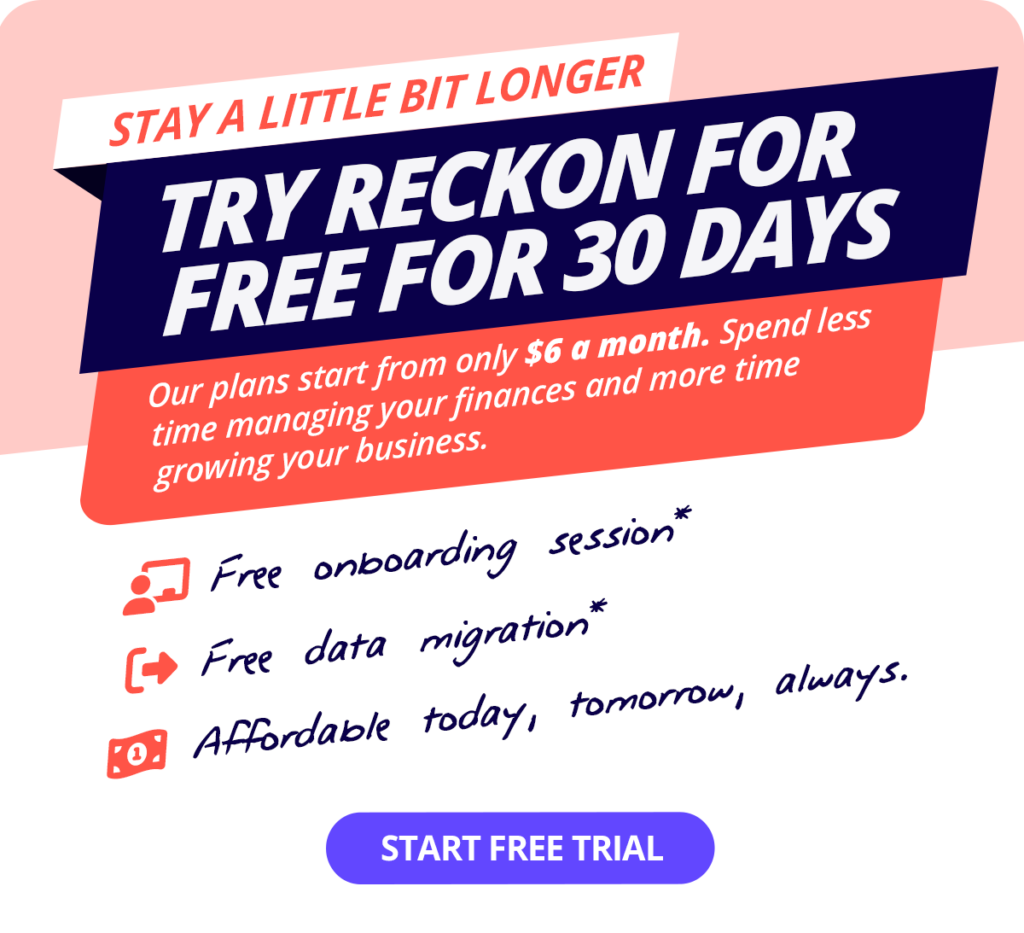Free business continuity plan template for small businesses

Create a business continuity plan in minutes
Free template
Fully editable
Easy to use
Download your free business continuity plan template
Business continuity plan template
It’s critical to set up a framework for how you, your staff and your business respond to a crisis. Use our free editable business continuity plan template to ensure your business stays steady no matter what obstacles may come your way.
Free downloadable templates

Invoice template
Free & customisable tax invoice for your small business.

Payslip template
Free & editable payslip template for Aussie small businesses.

Business plan
Free editable business plan template to build out your business strategy.

Cashflow forecast template
Free cashflow forecast template for small businesses.

Balance sheet template
Free & customisable balance sheet for your small business.

Profit & Loss template
Free & editable profit & loss template for Aussie small businesses.

Cashflow statement template
Free cashflow statement template for small businesses.

Quote template
Free quote template for
small businesses.

Business continuity plan template
Free continuity plan template for small businesses.
Frequently asked questions
What is the importance of a business continuity plan?
A business continuity plan is designed to help your business survive serious disruption and tough times. It eliminates confusion common to every disaster and provides a clear blueprint for what everyone should do if obstacles arise. Use our free business continuity plan template to get you started!
What is a business continuity plan?
A business continuity plan is a comprehensive document that outlines the strategies, procedures, and protocols an organization will follow to ensure the continuity of its crucial operations in the face of potential disruptions or disasters. It serves as a blueprint that guides a businesses response and recovery efforts, aiming to minimise downtime and mitigate the impact on business functions.
Why should I have a business continuity plan?
A business continuity plan is crucial for your business to withstand significant disruptions. It eliminates the chaos typically associated with disasters by providing a clear roadmap that guides everyone’s actions.
Beyond the immediate impact on business operations, a business continuity plan also has significant human implications. By maintaining operational continuity, you can protect the jobs that sustain your employees and additionally continue to meet the needs of your customers.
What's the difference between a business continuity and succession plan?
A business continuity plan is put in place to maintain continuous service in the event of an incident that would affect the organization that provides those services. A business continuity plan is established to prevent such an occurrence from impacting clients through maintaining a prescribed level of service in the event of a disaster.
A succession plan, however, is a living document which is designed to identify and bring in a successor when the business owner decides they want to phase out of the practice, not when they are forced to due to circumstances out of their control.
Essentially the main difference here is that where a business continuity plan is in place in the event of a catastrophe, a succession plan would focus on the incumbent working with the business owner over a period of time until the eventual retirement takes place, by choice rather than necessity.
Read our article on small business succession planning to find out more.




